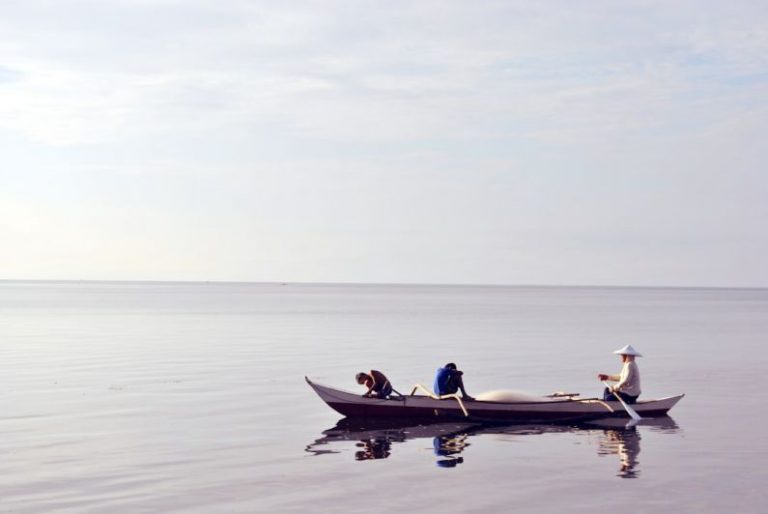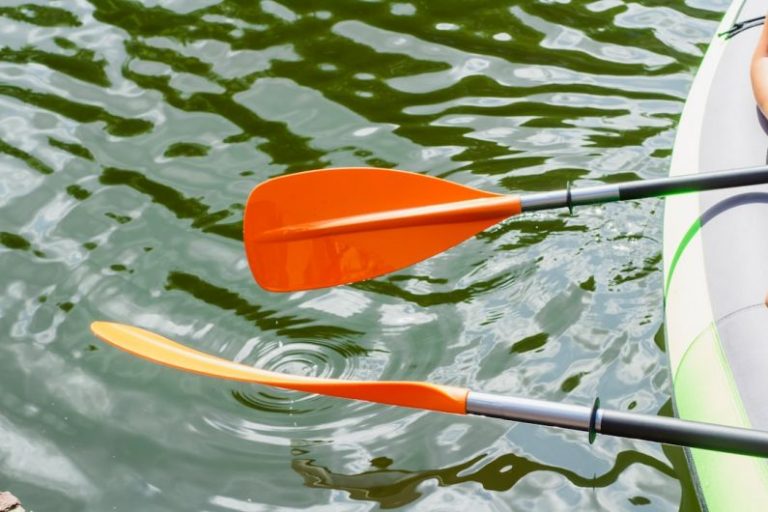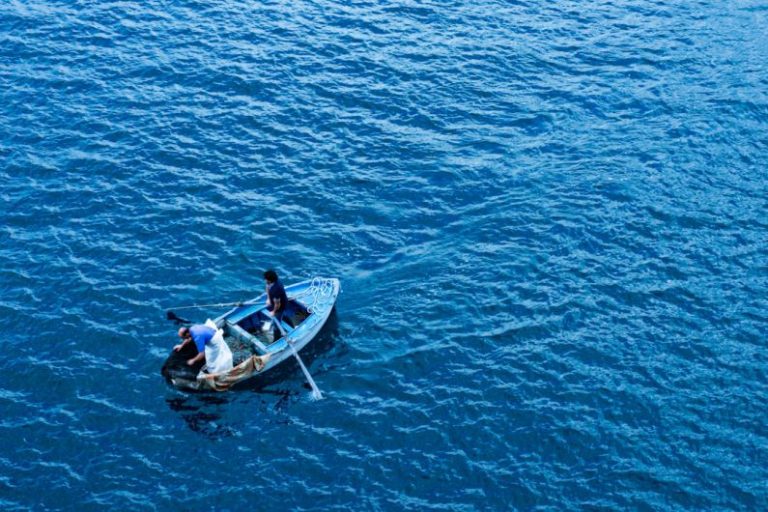
Rowing alone can be a peaceful and rewarding experience, allowing you to connect with nature and enjoy the serenity of the water. However, it’s important to prioritize safety when embarking on solo rowing adventures to ensure a smooth and secure outing. By following a few key tips and guidelines, you can enhance your safety while rowing alone and make the most of your time on the water.
**Choose the Right Conditions**
Before heading out for a solo rowing session, it’s crucial to assess the weather and water conditions. Opt for calm and stable weather with minimal wind, as strong gusts can make rowing more challenging and increase the risk of accidents. Additionally, check the water conditions for any potential hazards such as strong currents or debris that could pose a danger to your rowing excursion.
**Wear a Personal Flotation Device**
One of the most important safety precautions you can take while rowing alone is to wear a personal flotation device (PFD) at all times. A PFD can be a lifesaver in the event of an accident or emergency, providing buoyancy and keeping you afloat until help arrives. Ensure that your PFD fits properly and is in good condition before setting out on the water.
**Inform Someone of Your Plans**
Before heading out for a solo rowing session, make sure to inform a friend or family member of your plans. Share details such as your intended route, expected return time, and any emergency procedures they should follow if you fail to check in at the designated time. Having someone aware of your whereabouts can expedite rescue efforts in case of an emergency.
**Carry Communication Devices**
When rowing alone, it’s essential to carry communication devices such as a cell phone or a two-way radio to stay connected with the shore or emergency services if needed. Ensure that your devices are fully charged and protected from water damage in case of an accidental immersion. Having a reliable means of communication can be a crucial lifeline in emergencies.
**Stay Visible on the Water**
To enhance your visibility on the water and ensure that other watercraft can spot you easily, consider outfitting your rowing vessel with bright colors or reflective materials. Using a white light at night or in low visibility conditions is also essential to signal your presence to other boats and ensure safe navigation on the water.
**Maintain Proper Rowing Technique**
While rowing alone, it’s important to focus on maintaining proper rowing technique to prevent injuries and navigate the water efficiently. Pay attention to your posture, grip, and stroke technique to avoid strain and fatigue during your rowing session. Engaging your core muscles and coordinating your movements can help you row with ease and reduce the risk of overexertion.
**Be Prepared for Emergencies**
Despite taking all necessary precautions, emergencies can still happen while rowing alone. To be prepared for unexpected situations, consider carrying essential safety gear such as a first aid kit, a whistle, and a tow rope in your rowing vessel. Familiarize yourself with basic rescue techniques and emergency procedures to respond effectively in case of capsizing or other mishaps.
**Conclusion: Prioritize Safety for a Enjoyable Solo Rowing Experience**
By prioritizing safety and taking necessary precautions, you can enjoy a safe and rewarding solo rowing experience. From choosing the right conditions and wearing a PFD to staying visible on the water and being prepared for emergencies, following these tips can help you navigate the water with confidence and peace of mind. Remember that safety should always come first, allowing you to fully immerse yourself in the beauty and tranquility of solo rowing adventures.





